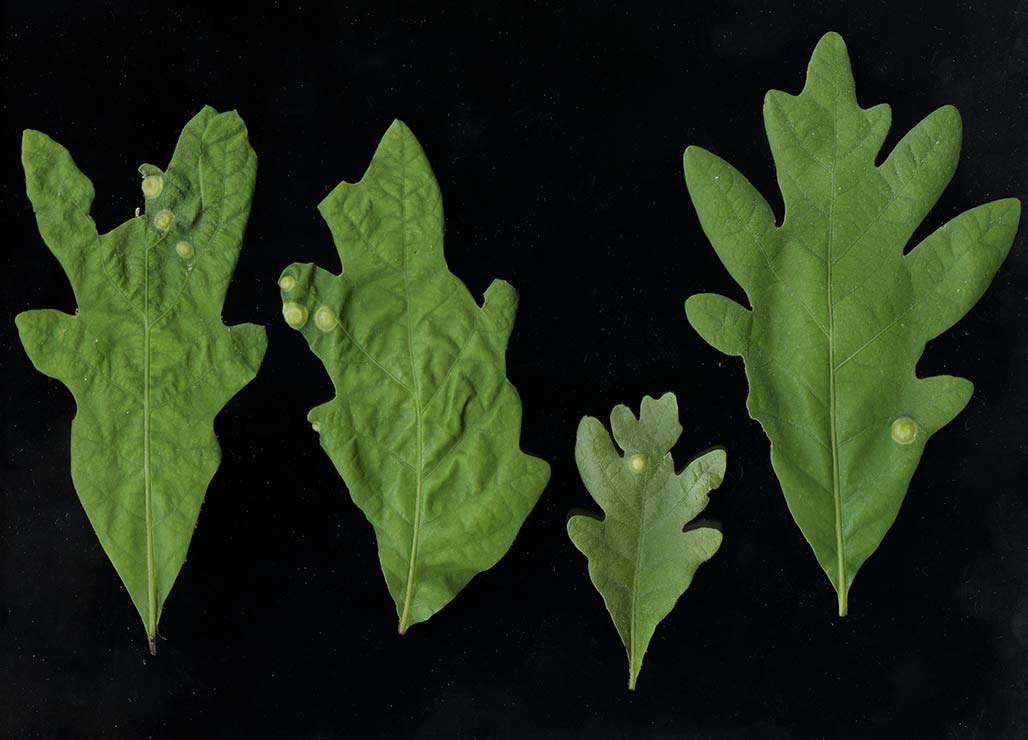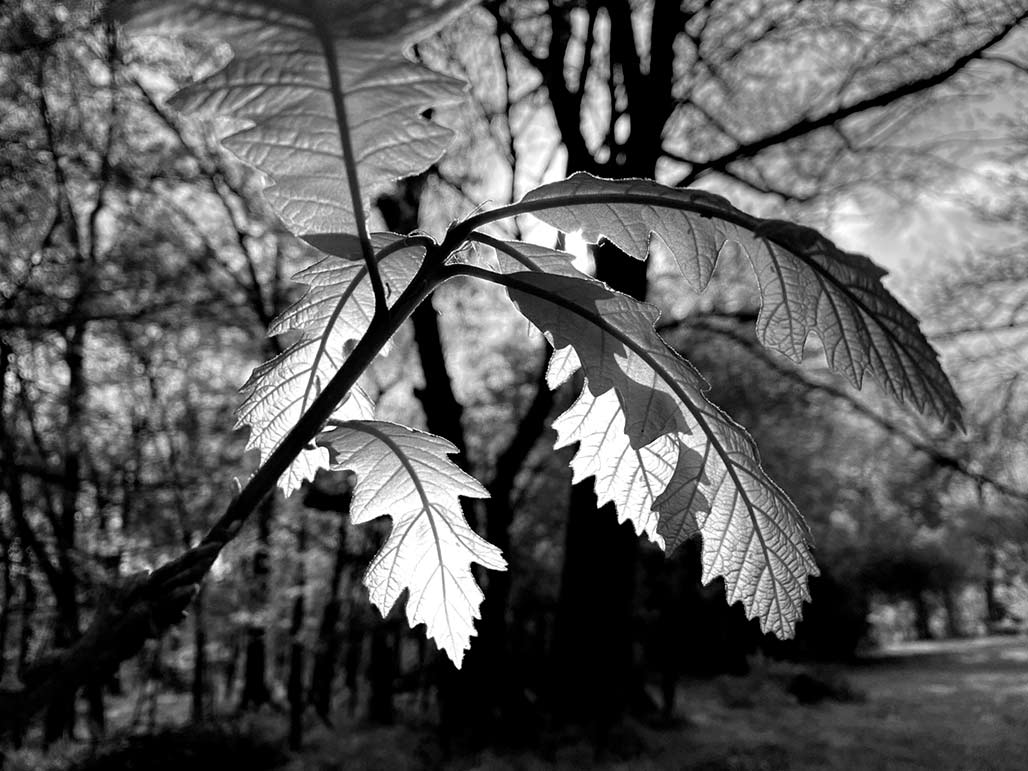
If you are only going to plant one tree in this life, make it a quercus macrocarpa.
Category: trees
falling
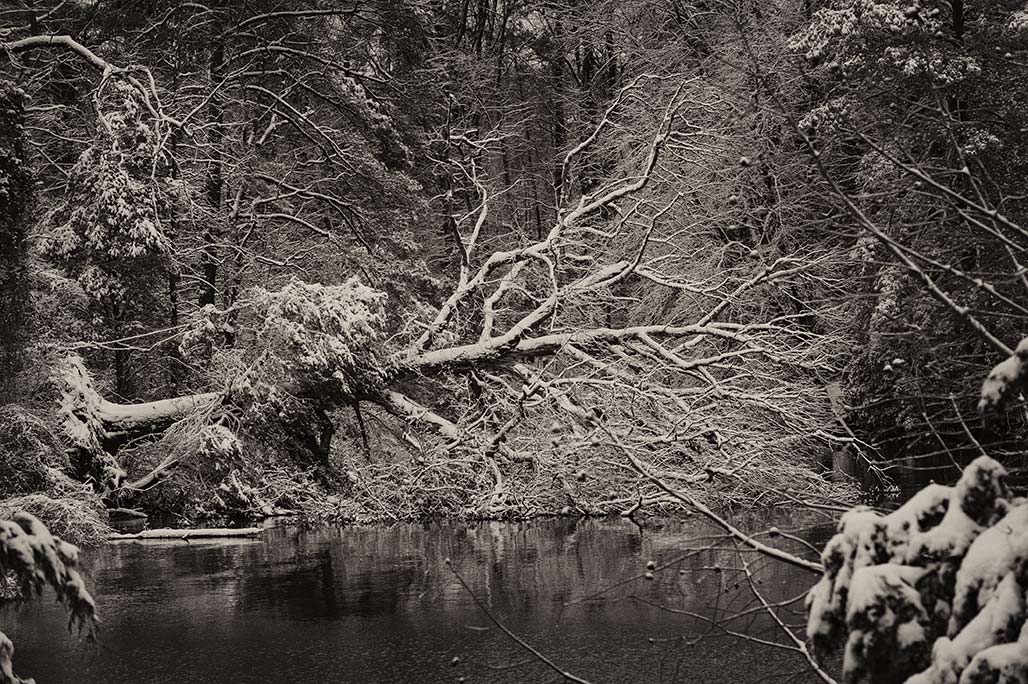
Slabtown

q phellos

21 inches of rain

Dendrochronology

Each ring marks a complete cycle of seasons, or one year, in the tree’s life.[2] As of 2020, securely dated tree-ring data for the northern hemisphere are available going back 12,310 years.–Wikipedia
VDOT pruning master class
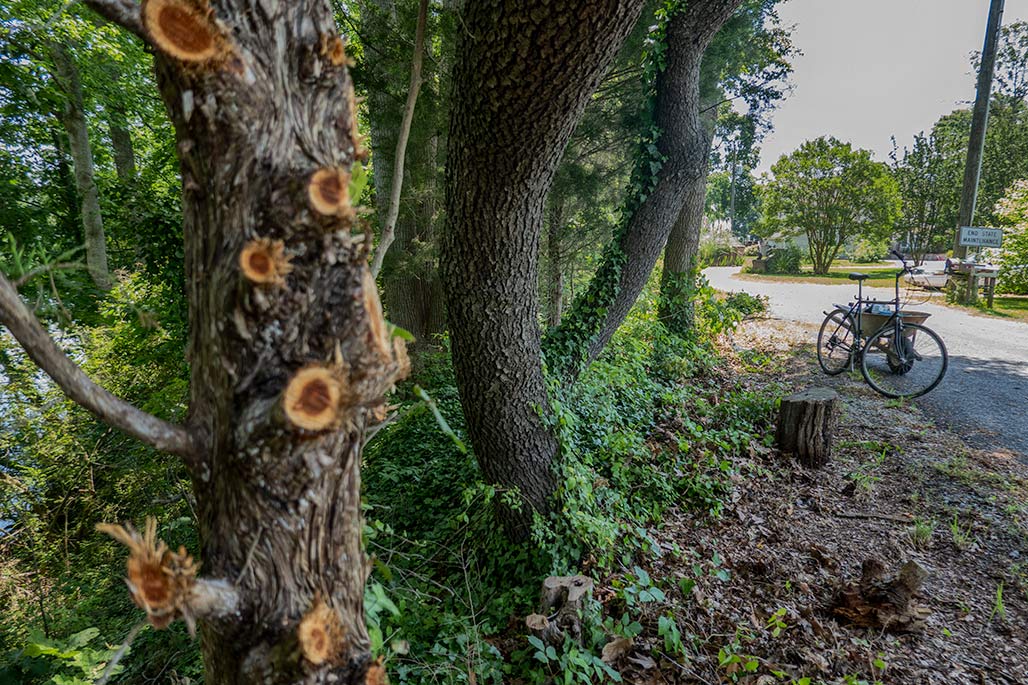
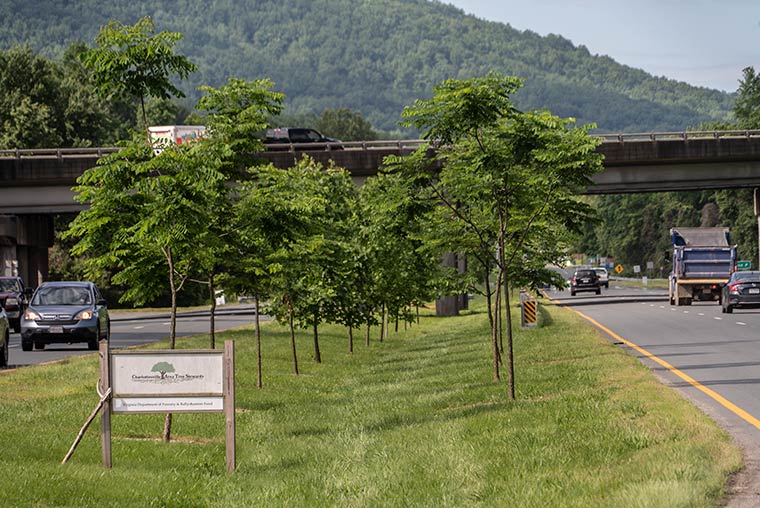
quercus phellos

platanus occidentalis and FDR
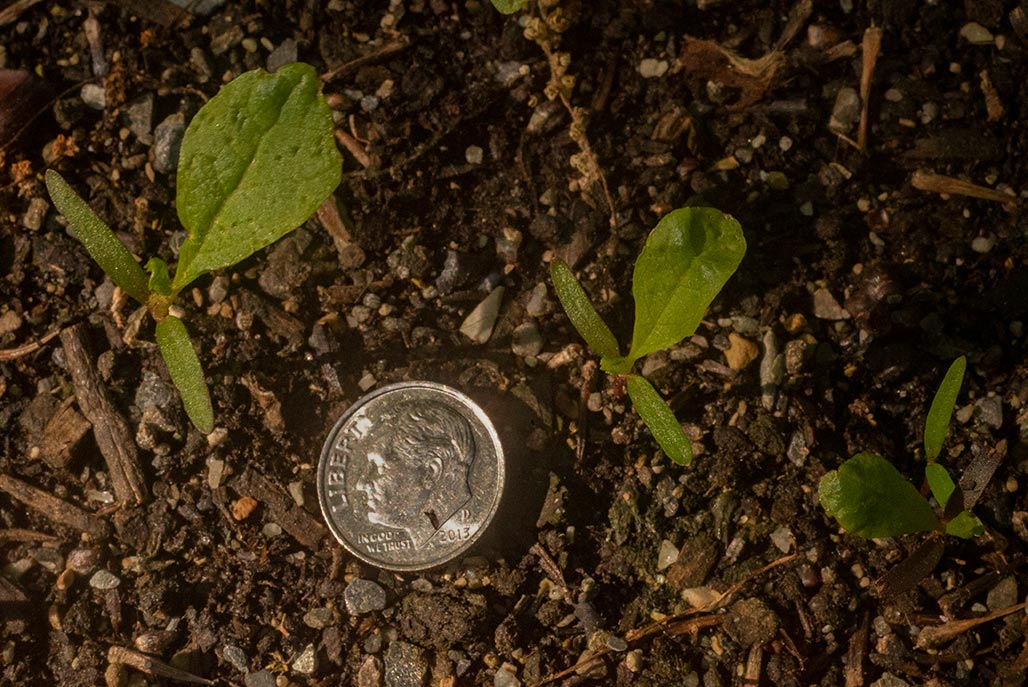
A sycamore can grow to massive proportions, typically reaching up to 30 to 40 m (98 to 131 ft) high and 1.5 to 2 m (4.9 to 6.6 ft) in diameter when grown in deep soils. The largest of the species have been measured to 53 m (174 ft), and nearly 4 m (13 ft) in diameter. Larger specimens were recorded in historical times. In 1744, a Shenandoah Valley settler named Joseph Hampton and two sons lived for most of the year in a hollow sycamore in what is now Clarke County, Virginia.[8] In 1770, at Point Pleasant, Virginia (now in West Virginia)[9] near the junction of the Kanawha and Ohio Rivers, George Washington recorded in his journal a sycamore measuring 13.67 m (44 ft 10 in) in circumference at 91 cm (3 ft) from the ground.[10]–Wikipedia
Gall
